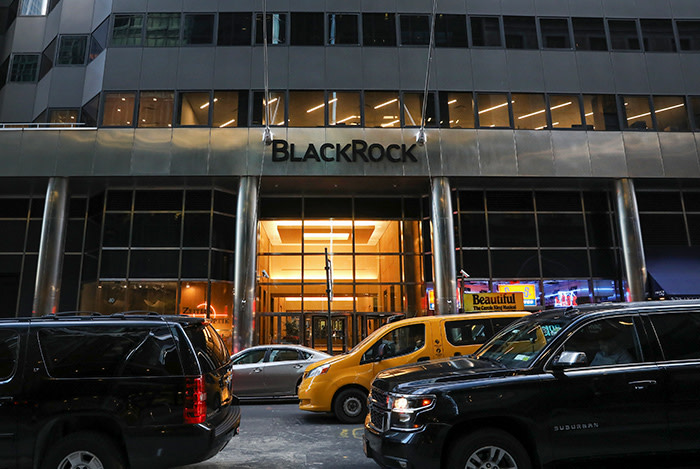It’s time to unleash locked-up money to truly make a difference


Roula Khalaf, Editor of the FT, selects her favourite stories in this weekly newsletter.
With the end of the year approaching, it is time for philanthropists to take stock of the impact of their work in 2018, to chase down information from grantees and, for high-profile foundations, to prepare glossy annual reports.
But — and here is where I hope the discussion inside philanthropic families and their foundations turns in the final weeks of the year — there is more to impact than the grants coming out of an organisation.
What of the great hunk of money sitting, as yet unspent, inside foundations? To state the obvious, investing $10m in ExxonMobil bonds, helping to bring down the cost of capital for the company’s new drilling projects, is not the same as lending $10m to an entrepreneur building a hospital network in rural India.
Yet most foundations expect their investment managers to maximise risk-adjusted financial returns rather than worry about impact. The scale of the opportunity being missed is potentially huge. At least $1.5tn is sitting in foundations around the world: in the US alone there was $890bn in 2015, the latest figure calculated by the Foundation Center.
In many wealthy families, the younger generation has begun agitating for this locked-up money to be invested in a way that has a positive social or environmental impact. With the mushrooming number of relevant products, it is untenable for a foundation to refuse to consider directing some or all of its portfolio in such a way.
The elasticity of the definition of impact investing annoys plenty of people, but at core it is the aim of making a positive difference while also making a financial return. There are impact products in all of the major asset classes, from green bonds funding renewable energy or environmentally friendly infrastructure, to venture capital funds supporting entrepreneurs whose businesses are driven by a social mission as much as the profit motive.
In public equities, there have long been funds that screen out sin stocks such as tobacco and firearms companies and there are now plenty that screen in those that score well on environmental, social and good governance (ESG) metrics.
BlackRock, the world’s largest fund manager, greatly expanded its range of ESG funds in October. In the hedge fund world, the activist Jana Partners is using the same tactics to put pressure on public companies to make social improvements (for example, asking Apple to do more to tackle smartphone addiction) as it used in campaigns for greater shareholder returns.
When BlackRock launched its latest ESG equity and bond funds, Larry Fink, the company’s chief executive, told the Financial Times that sustainable investing did not mean sacrificing returns. “We are going to see evidence over the long term that sustainable investing is going to be at least equivalent to core investments,” he said. “I believe personally it will be higher.”
So what is the latest evidence? While impact investment product launches have come thick and fast this year, performance studies have been fewer and further between.
Last year the Global Impact Investing Network surveyed the literature and its own evidence across multiple asset classes and concluded the distributions of returns among market rate-seeking impact investments were comparable to those of analogous conventional investments.
A Cambridge Associates index of venture capital and private equity impact funds continues to show long-run returns substantially below the average of their traditional PE and VC peers, however, albeit using only a limited universe of funds with a long-enough track record.
In public equities, probably the bulk of a foundation’s portfolio, the evidence for ESG investing is more plentiful and there has been interesting research this year. A study by the European quant hedge fund CFM showed stocks with positive ESG ratings did not perform any better than the rest of the market, meaning ESG criteria should not be seen as an investing factor alongside value, growth or momentum. But while that might have been a disappointment to a quant fund looking for a competitive edge, it will be reassuring to fiduciaries at foundations.
Fink’s hunch that socially responsible companies will outperform may or may not play out: for foundation boards, the standard need only be that ESG investments do not demonstrably underperform.
This is the debate to be had as attention shifts to 2019: not just what can be achieved through charitable spending, but what can be achieved with money as yet unspent.
Do you agree that philanthropists can use their portfolio to make a positive difference and financial return? What creative examples have you seen? Share your ideas in the comments below. Stephen Foley will be responding periodically throughout the day.
Stephen is reading . . .
Keeping At It, by Paul Volcker. As Federal Reserve chairman jacking up interest rates to tame US inflation, Volcker held his nerve under intense criticism from the Reagan administration. His memoir is a paean and a plea for public service.
Comments